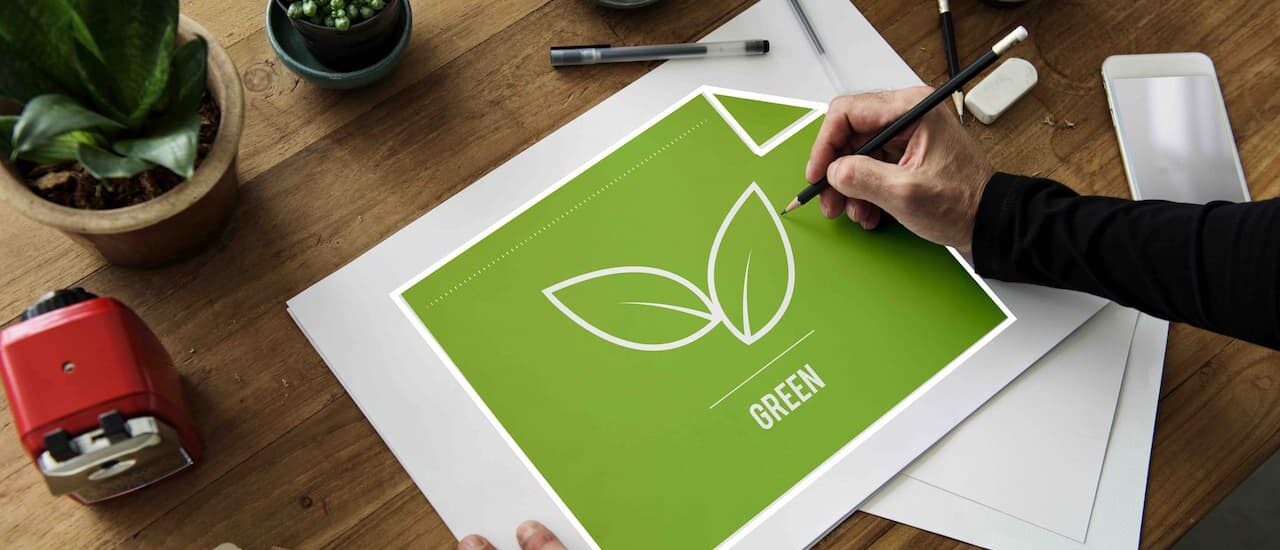In today’s market, sustainable product design has become a crucial aspect of creating goods that meet consumer demand while addressing environmental concerns. This approach involves integrating eco-friendly materials, efficient manufacturing processes, and mindful end-of-life considerations into the design process. The challenge lies in balancing these factors with aesthetic appeal and functionality.
Eco-Friendly Materials and Processes
The choice of materials is fundamental in sustainable product design. Designers are increasingly turning to renewable, recycled, and biodegradable materials to reduce environmental impact. “Using sustainable materials is not just about being eco-friendly; it also involves selecting materials that ensure durability and quality,” says eco-design expert Dr. Laura Green. For example, bamboo, known for its rapid growth and renewability, is widely used in products ranging from furniture to textiles.
In addition to material selection, the manufacturing process itself plays a significant role in sustainability. Techniques such as energy-efficient manufacturing, waste reduction, and water conservation are integral to minimizing the environmental footprint of product production. “Optimizing production processes to reduce energy consumption and waste not only benefits the environment but can also lead to cost savings,” notes industrial engineer Mark Thompson.
Life Cycle Thinking and Product Longevity
A sustainable approach to product design also involves considering the entire life cycle of a product—from raw material extraction to disposal. This concept, known as life cycle thinking, encourages designers to anticipate the environmental impacts at each stage of a product’s life. “Designing for sustainability means thinking beyond the product’s initial use and considering how it will be disposed of or repurposed,” explains sustainability consultant Maria Lopez.
Product longevity is a key component of sustainable design. Creating durable products that can withstand wear and tear reduces the need for frequent replacements, thereby decreasing waste. “Durable design not only supports environmental goals but also enhances consumer satisfaction by providing longer-lasting products,” says product designer Sarah Lee. Additionally, designing for repairability and modularity can extend a product’s life, allowing users to replace or upgrade parts rather than discarding the entire item.
Balancing Aesthetics and Functionality
Achieving a balance between aesthetics and sustainability can be challenging, as consumers often prioritize design and functionality. However, sustainable design does not have to compromise on aesthetics. “Innovative design solutions can merge aesthetic appeal with environmental responsibility, creating products that are both beautiful and sustainable,” highlights design strategist John Smith from kajot casino prime.
For instance, the use of natural textures and finishes can enhance the aesthetic appeal of sustainable materials like reclaimed wood or recycled metals. Additionally, minimalist designs that prioritize simplicity and functionality often align well with sustainable principles by reducing material usage and waste.
Consumer Education and Transparency
Educating consumers about the benefits of sustainable products is essential for encouraging environmentally responsible purchasing decisions. Clear labeling and transparency about the materials and processes used in product creation can help consumers make informed choices. “Transparency in the supply chain and production processes builds trust and empowers consumers to support sustainable practices,” says ethical branding expert Rachel Green.
Moreover, highlighting the long-term cost benefits of sustainable products, such as reduced energy costs or longer product life spans, can also persuade consumers to invest in eco-friendly options. “Educated consumers are more likely to value sustainability and be willing to pay a premium for products that align with their values,” notes consumer behavior analyst David Brown.
The Role of Innovation and Collaboration
Innovation plays a crucial role in advancing sustainable product design. Research and development in new materials, technologies, and production methods are essential for overcoming the limitations of traditional design practices. “Collaboration between designers, manufacturers, and material scientists is key to developing innovative solutions that meet both aesthetic and environmental goals,” emphasizes innovation consultant Lisa Wong.
Collaboration also extends to industry partnerships and cross-sector initiatives aimed at promoting sustainability standards and practices. By working together, companies can share knowledge, resources, and best practices to collectively advance the field of sustainable design.
Sustainable product design is a multifaceted approach that requires balancing environmental responsibility with aesthetic appeal and functionality. By focusing on eco-friendly materials, life cycle thinking, and consumer education, designers can create products that meet market demands while minimizing environmental impact. As innovation and collaboration continue to drive the industry forward, the future of sustainable product design looks promising, offering solutions that are both beautiful and environmentally responsible.





